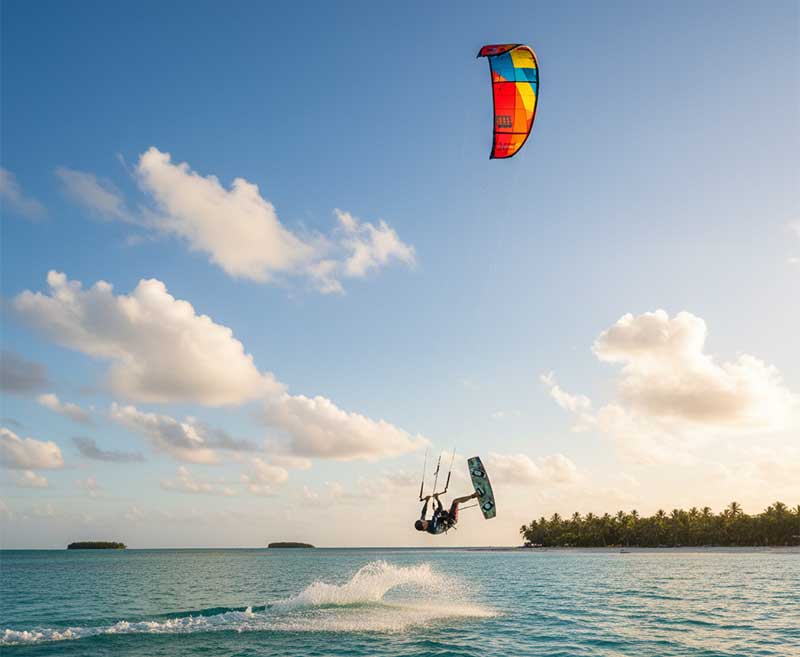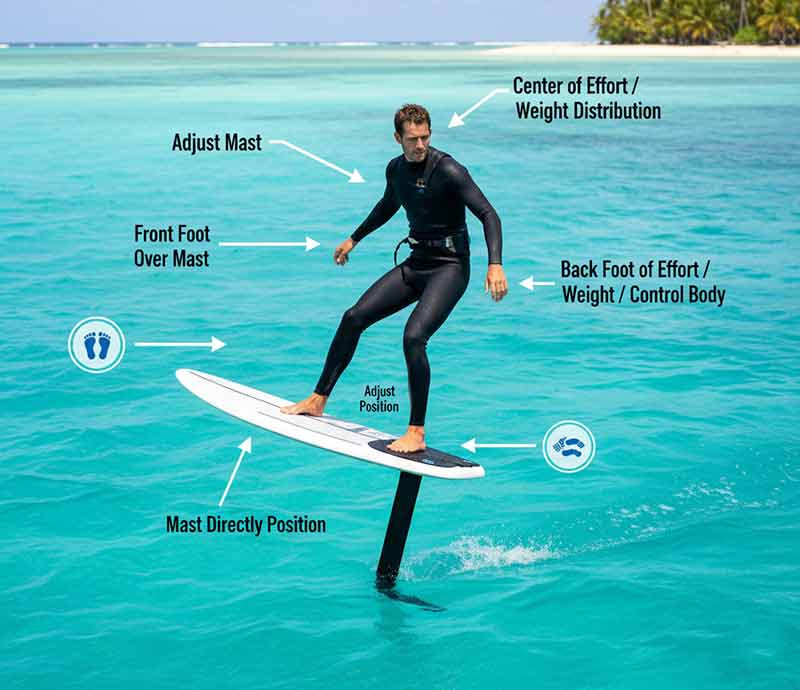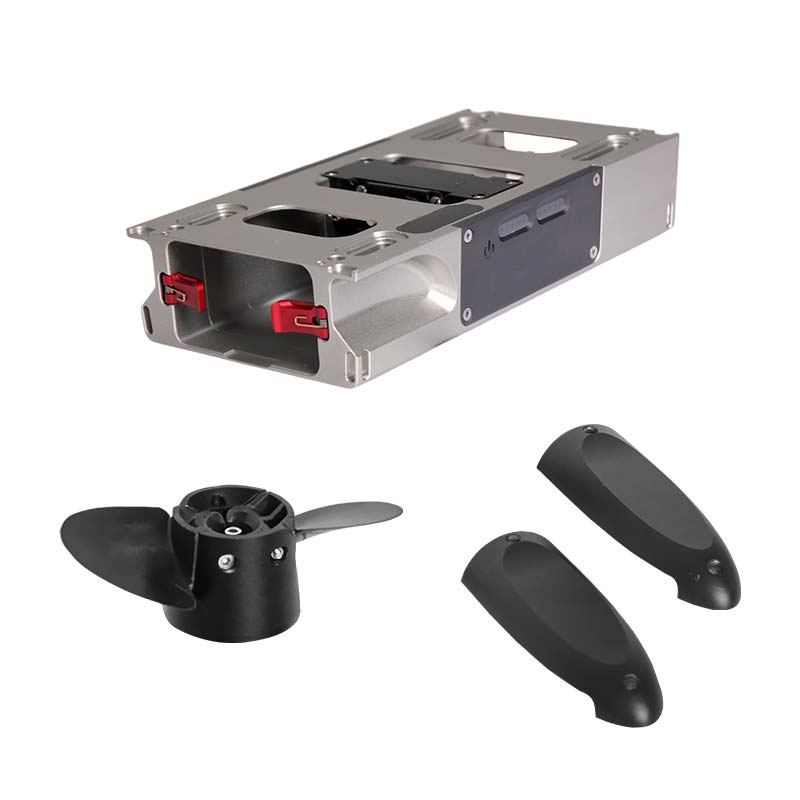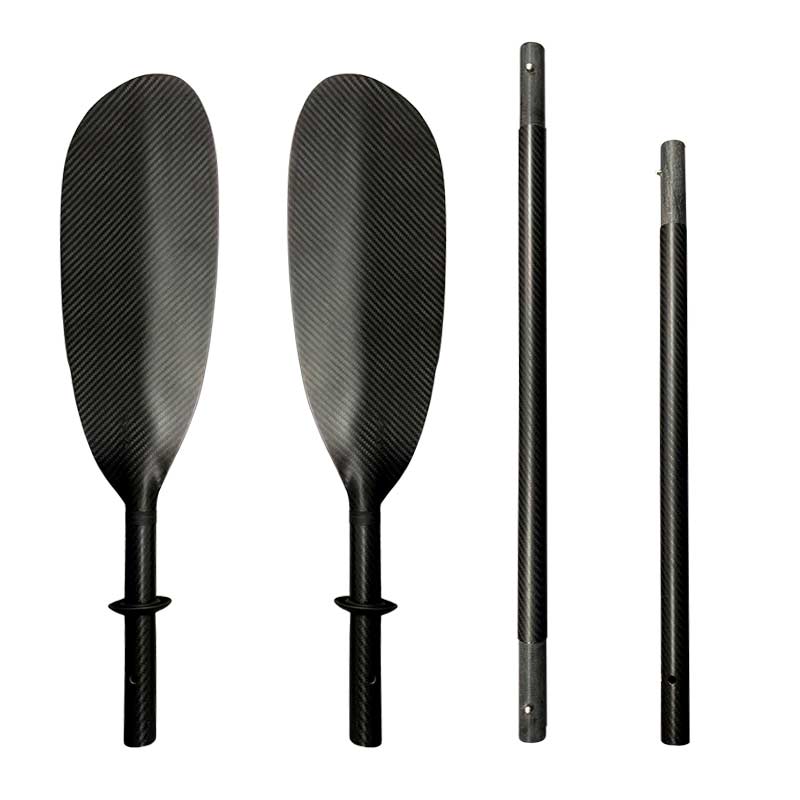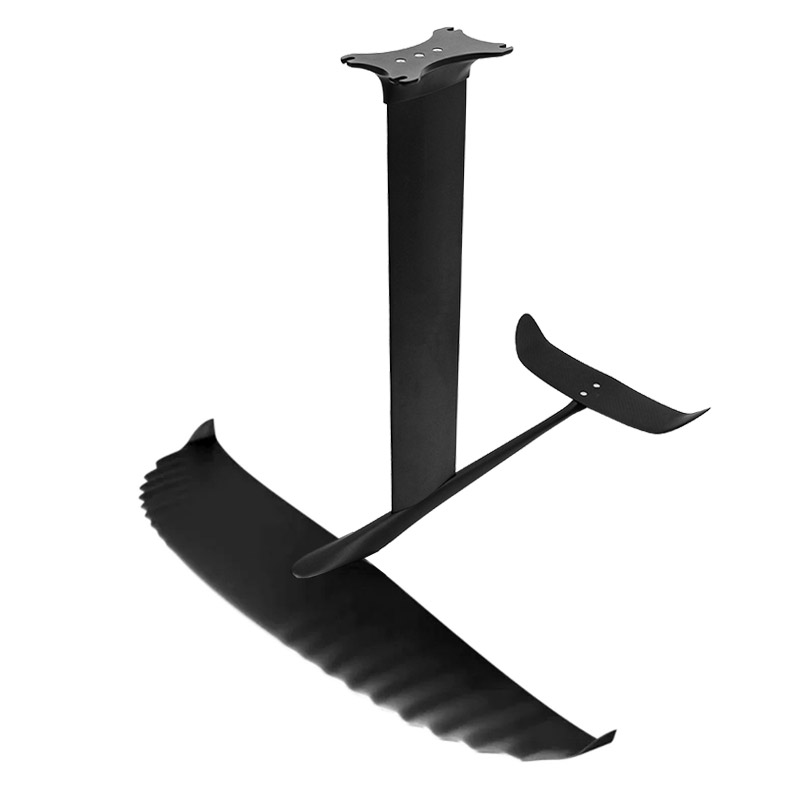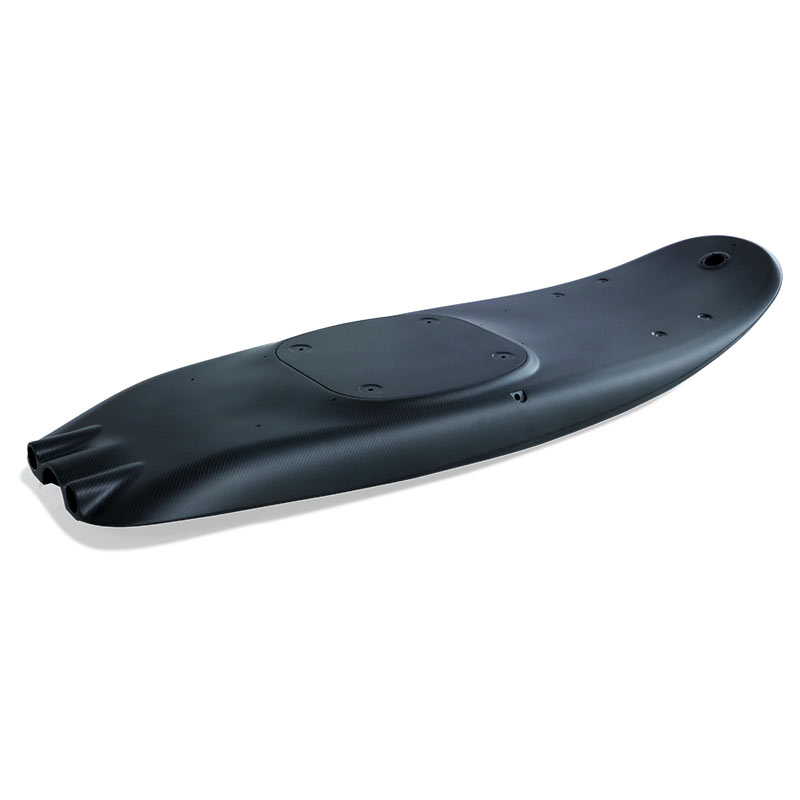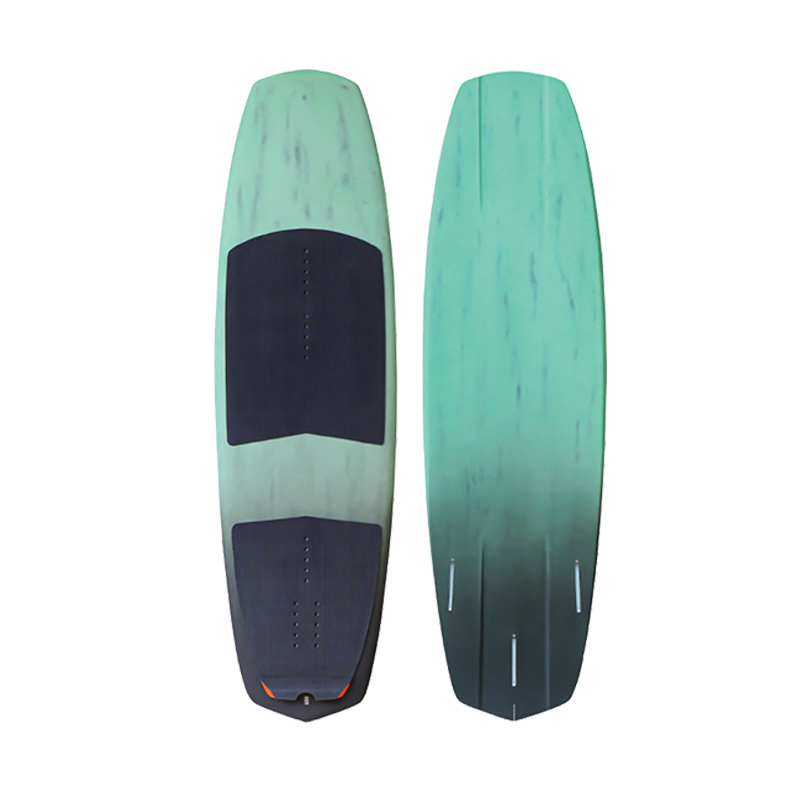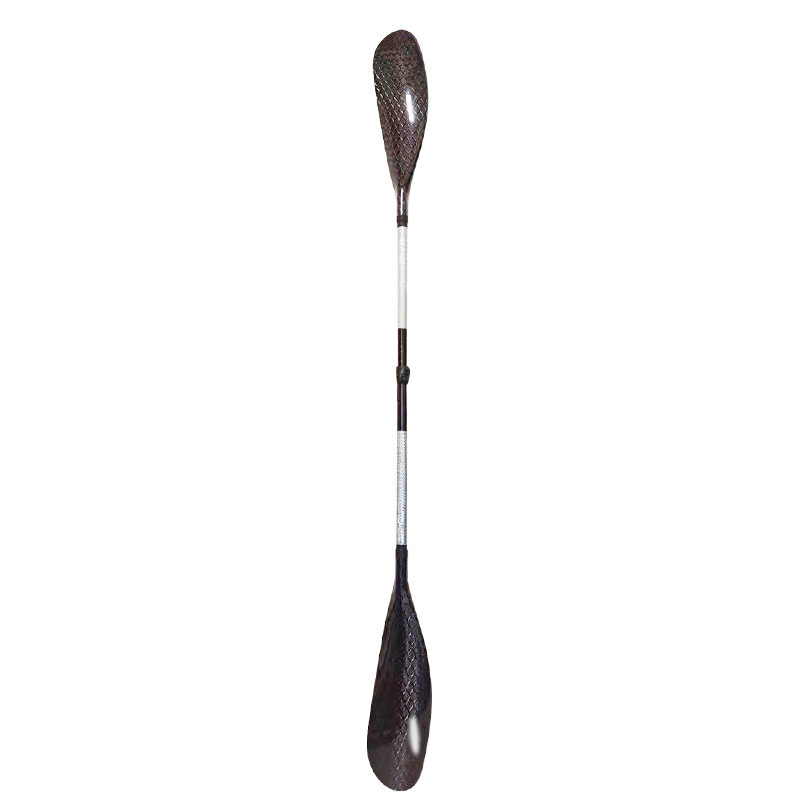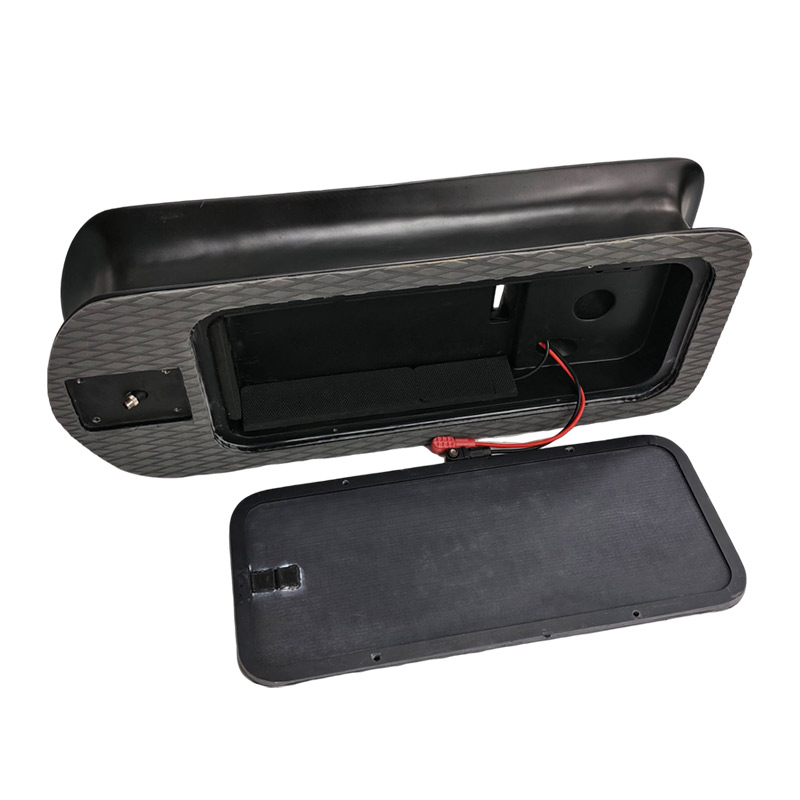Firstly, it’s important to clarify that the hydro foil surf discussed in this article refer to non-electric hydrofoils. These sports are powered by human effort or natural forces such as wind and water currents, including activities like swimming, paddleboarding, windsurfing, kayaking, rowing, and non-motorized water bikes. Electric-powered hydrofoils will not be covered in this discussion. Next, we will explore foil surf in three major sections, aiming to provide helpful insights for beginners. If you are interested in hydrofoil surfing products, welcome to contact us for more details, thank you.
Hydro Foil Surf VS Traditional Water Sports
Hydro foil surf is fundamentally different from traditional water sports, with significant distinctions in equipment, experience, technical requirements, and principles.
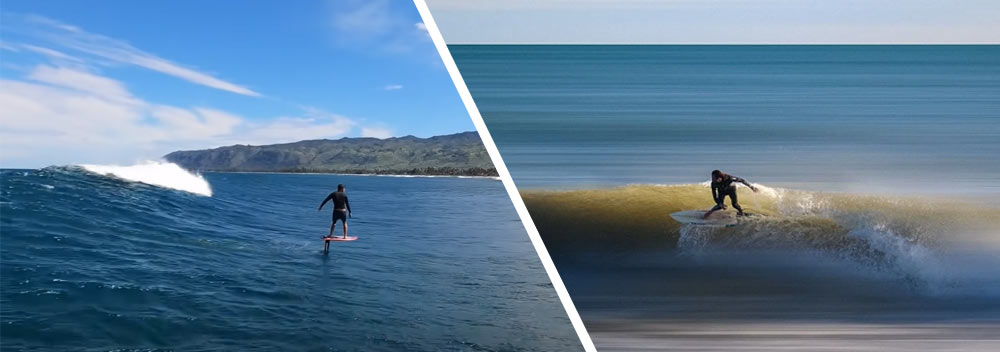
Traditional Surfing
The primary equipment used in traditional surfing is the surfboard, which directly contacts the water surface. Surfers rely on the power of ocean waves to propel themselves forward. The surfing experience is closely tied to the rise and fall of waves, requiring surfers to catch waves at the right moment, maintain balance, and steer the board. The sensation of riding a wave is deeply connected to the feel of the wave’s push and the vibration of the ocean surface. While the sport is relatively easy to start, it requires considerable time to master wave judgment, timing, balance, and turning techniques.
Principles of Traditional Surfing
Traditional surfing relies on the interaction between the buoyancy of the surfboard and gravity. Surfers accelerate by riding down the wave, using the board’s buoyancy to stay balanced and afloat. They harness the energy of the wave to move forward. As the board’s bottom contacts the water, friction is generated. Surfers control their direction and speed by shifting their weight and adjusting the board’s angle, utilizing hydrodynamic lift to maintain balance.
Hydro foil surf
In contrast, hydro foil surf involves not just a surfboard but also a hydrofoil (or foil) mounted beneath the board. The hydrofoil acts like an airplane wing, lifting the board above the water’s surface and allowing the surfer to glide. This design reduces drag when the board is lifted out of the water, enabling high-speed surfing on smaller waves or even calm water.
The experience is smoother and more stable as the surfer feels little water resistance due to the hydrofoil’s lift. Hydrofoil surfers can ride on smaller waves or even flat water, offering a more diverse experience. However, the technical demands are higher, requiring mastery of basic surfing skills and the ability to control the hydrofoil, particularly in maintaining board stability to avoid sudden drops.
Foil Surf Principles
The core of hydro foil surf lies in the hydrofoil under the board. As it moves through the water, a speed difference forms between the upper and lower surfaces of the hydrofoil, creating lift that raises the board above the water. Once lifted, only the hydrofoil remains in contact with the water, significantly reducing friction. This allows the surfer to glide at high speeds on smaller waves or calm water. Unlike traditional surfing, which relies on wave energy, hydrofoil surfing depends more on the flow of water around the hydrofoil to generate lift. Surfers can use smaller waves, wind, or even boat wakes to glide, without needing large ocean waves.
In summary, traditional surfing relies on wave energy and the interaction between the surfboard and water, while hydro foil surf depends on the lift generated by the hydrofoil and its design to reduce drag, allowing surfing in a wider range of conditions.
2. Hydrofoils as a Unified Platform for Emerging Water Sports
Traditional water sports equipment, when equipped with hydrofoils, effectively reduces water resistance and minimizes surface chop, expanding the range of suitable water conditions. For example, traditional surfing requires a certain wave height, limiting suitable locations and seasons. However, with hydrofoil, even small or broken waves can be surfed smoothly, making all beach waters, whether calm or choppy, navigable for hydro foil surfing.

Surf Foil
In traditional kite surfing, strong winds create choppy seas, making the ride bumpy. With a hydrofoil, the ride becomes silky smooth, and the resistance is reduced, lowering the wind strength required for the sport, which is good news for athletes who don’t enjoy hours in strong winds. Interestingly, traditional kite surfing isn’t quite about flying with the kite or surfing with the board—it’s more about using wind power for propulsion and skimming the water’s surface, quite different from windsurfing.
Kite Foil
Attaching a hydrofoil to a windsurfing board maximizes the efficiency of the sail’s power, significantly increasing speed. So much so that Olympic windsurfing events now require hydrofoils.
Wind Foil
Combining a wind wing with a hydrofoil has created an entirely new sport, genuinely propelled by wind and hydrofoil lift. Wing foiling doesn’t have the complex setup of kite surfing, making it simple yet efficient. It engages the whole body and offers more safety and control, positioning it as a potential successor to kite surfing.
Wing Foil
Wing foiling is an innovative water sport that blends wind power and hydrofoil technology. Unlike traditional water sports, wing foiling uses a special inflatable wing held by the surfer, who uses the wind to propel forward, while the hydrofoil attached to the board provides extra lift, allowing the board to hover above the water. This design minimizes the board’s contact with the water, drastically reducing drag, and enabling the surfer to glide at high speeds on various water surfaces, including small waves or calm water.
The wing is relatively easy to maneuver, and the surfer can adjust the angle and position to change speed and direction. Meanwhile, the hydrofoil generates lift in the water, maintaining the board’s elevated position. Wing foiling can be done in the ocean, lakes, or rivers, making it a versatile water sport. This sport offers a unique combination of speed and stability and provides a sense of freedom as surfers are no longer dependent on waves, allowing them to enjoy the thrill of gliding in a wider range of conditions.
Sail Foil
How has hydrofoil development evolved on sailboats? International sailing competitions have transformed into flying races with hydrofoils. Some have tried adding hydrofoils to kayaks, but it conflicts with the traditional purpose of the sport, so this hasn’t gained much traction globally.
Bike Foil
Hydrofoil bikes? They exist and do use hydrofoil lift, but the bulky equipment hasn’t found much of a market in the personal space.
In summary, water sports are rapidly evolving, with a focus on ease of control, overcoming water resistance, increasing speed, reducing chop, and equipment portability as crucial factors driving global water sports development. Starting with the rapid rise of inflatable paddleboards worldwide to the growing popularity of hydro foil surf among top athletes, the emergence of a unified hydrofoil platform is becoming increasingly apparent. As Kai Lenny, a pioneer of surfing, paddleboarding, and hydrofoiling in the United States, said: “Foil is the future.” Careful study, research on hydrofoil trends, and active practice are essential attitudes for true water sports enthusiasts.
3. Getting Started with foil surf
For individuals looking to get into hydro foil surf, there are seven main types: pump foil, paddle foil, surf foil, wing foil, wind foil, kite foil, and wake foil. Among these, pump foil is the foundation and the most challenging discipline, providing core training that benefits all other hydro foil surf. It’s crucial to note that the naming convention we use, like “XX Foil,” reflects our understanding that hydrofoiling has become a new unified platform for water sports.

Which Hydro foil surf Should You Start With?
We recommend starting with **Pump Foil**. This sport relies entirely on the athlete’s ability to generate forward momentum and lift by shifting their weight back and forth on the hydrofoil board. The board’s buoyancy isn’t as important because the forward movement and lift come from the hydrofoil rather than the board’s shape or buoyancy. Materials like EPS with fiberglass or carbon fiber, or lightweight wood with similar reinforcement, are ideal to keep the board as light as possible.
Technical Challenges in Pump Foil
There are two key challenges in pump foiling: the start and controlling the pumping rhythm. Beginners can use a launch aid to practice the start, mastering the force and timing required to get onto the board and initiate pumping. Then, they can progress to dock starts without aids, focusing on speed, foot placement, and rhythm. More advanced starts, like beach launches, follow. The essential part of any start is generating the initial speed for the hydrofoil to lift, combined with smooth and agile board and foot positioning. These steps must flow seamlessly to succeed, making it a challenging yet rewarding aspect of the sport. You need to be quick, precise, and composed, much like a hunter catching a moving target.
Who Is Suitable for Hydro foil surf?
In theory, anyone—men, women, young, or old—can try hydro foil surf. Most current participants have experience in other water sports like paddleboarding, surfing, windsurfing, or kite surfing. However, fewer swimmers, kayakers, rowers, sailors, or dragon boaters try hydrofoiling. This might be because these activities are typically done sitting down, so they’re less familiar with standing sports. Swimmers, in particular, lack experience in manipulating external equipment, so they need significant training to adapt. While all water sports have physical requirements, hydrofoiling is especially demanding.
Can non-swimmers do Hydrofoil Surfing? While opinions vary, my answer is that it’s necessary. You will inevitably fall into the water during hydrofoiling, and while a life jacket can help, you still need enough water skills to handle unexpected situations. hydro foil surf also require physical fitness, courage, and patience. If you lack these, it’s better to wait until you’re better prepared.
Summary of hydro foil surf
If youwant to get into Hydrofoil Surfing, start with pump foiling. Practice launching and mastering board control first. As you get better, you can explore other types of hydrofoiling, with pump foiling as the foundation. When transitioning to other Hydrofoil Surfing, consider a few tips:
– Surf Foil: Start with a board with enough buoyancy to avoid struggling on your first wave.
– Wing Foil: This is easier and safer, so use an appropriate wing size and reduce the board size.
– Wake Foil: Work with an experienced coach to build the foundation for later water-skiing and windsurfing.
Of course, getting into hydro foil surf is about more than just physical skills. The core is your connection with the water. The joy of hydrofoiling comes from the sense of freedom it brings. Hydrofoil athletes don’t limit themselves to wave size, water conditions, or wind direction—they see challenges in everything, striving to use the minimum force to glide swiftly and silently over the water’s surface.
This comprehensive overview of hydro foil surf introduces the uniqueness of these sports and their relationship to traditional water sports, providing readers with a structured approach to understanding and exploring hydrofoiling.




